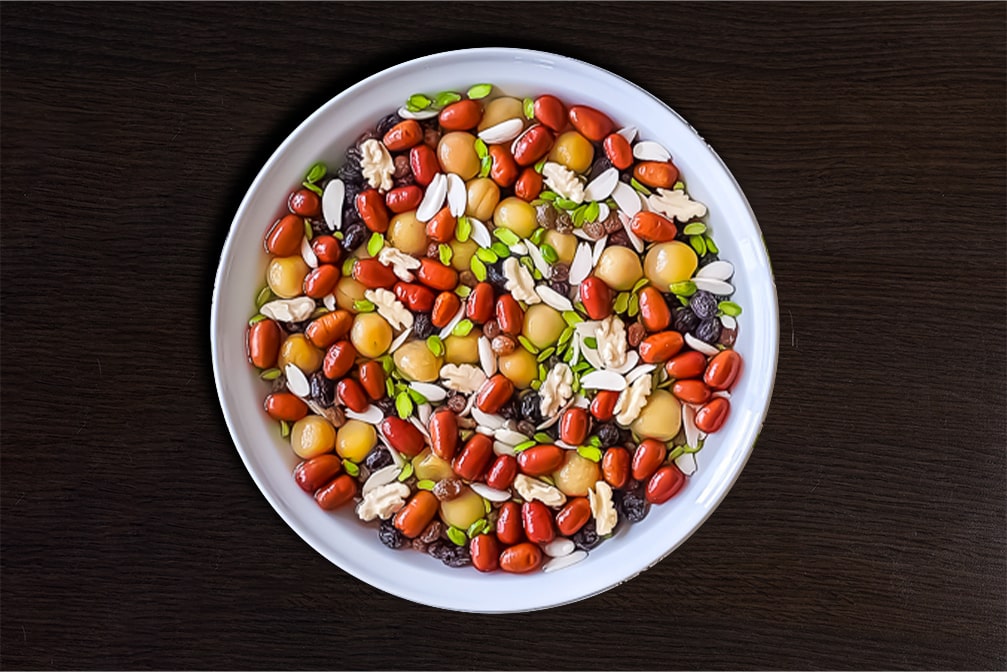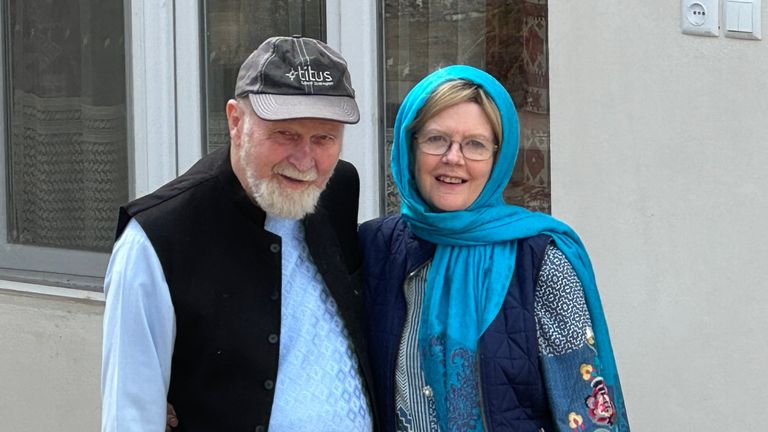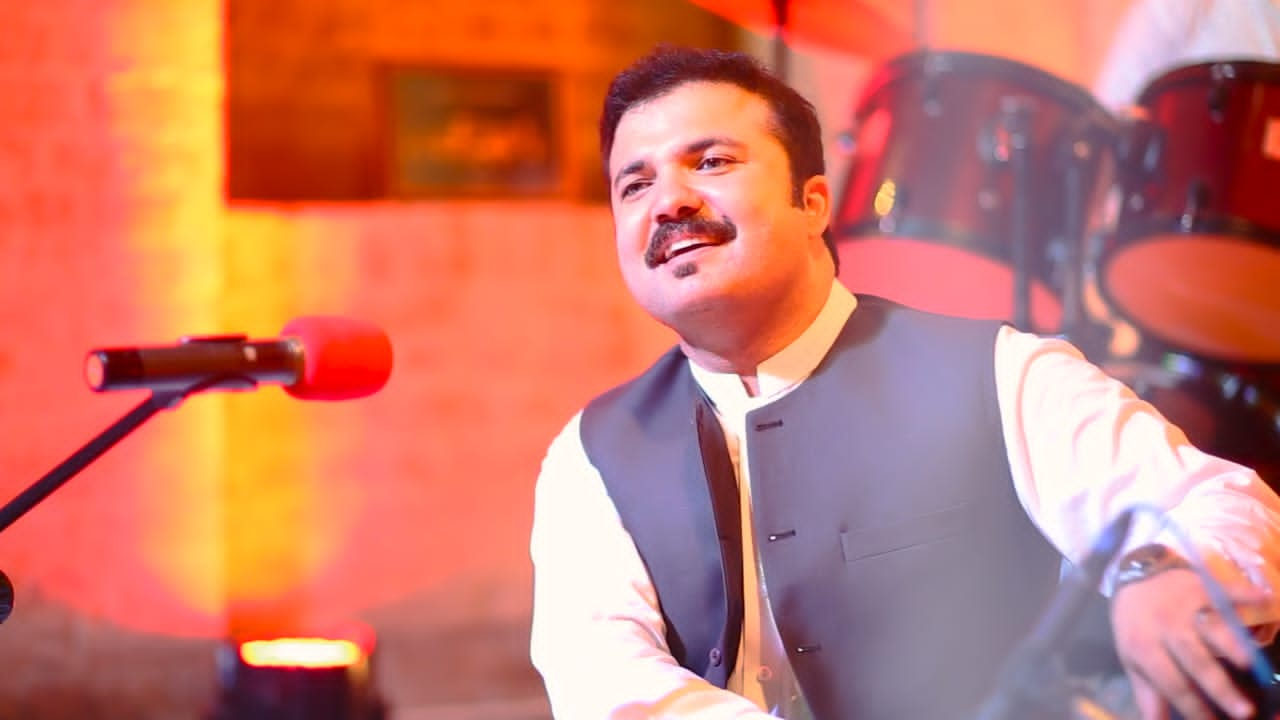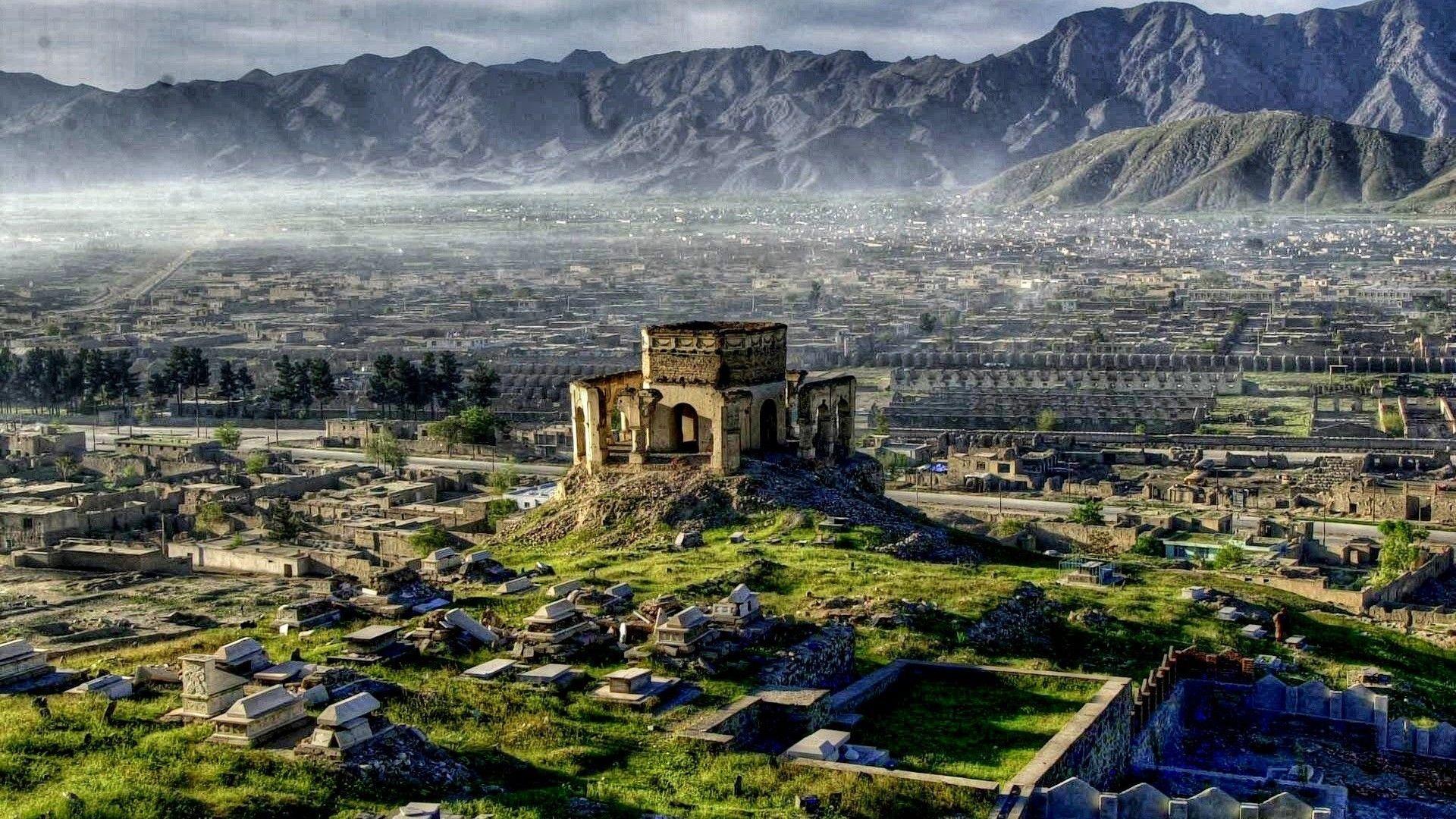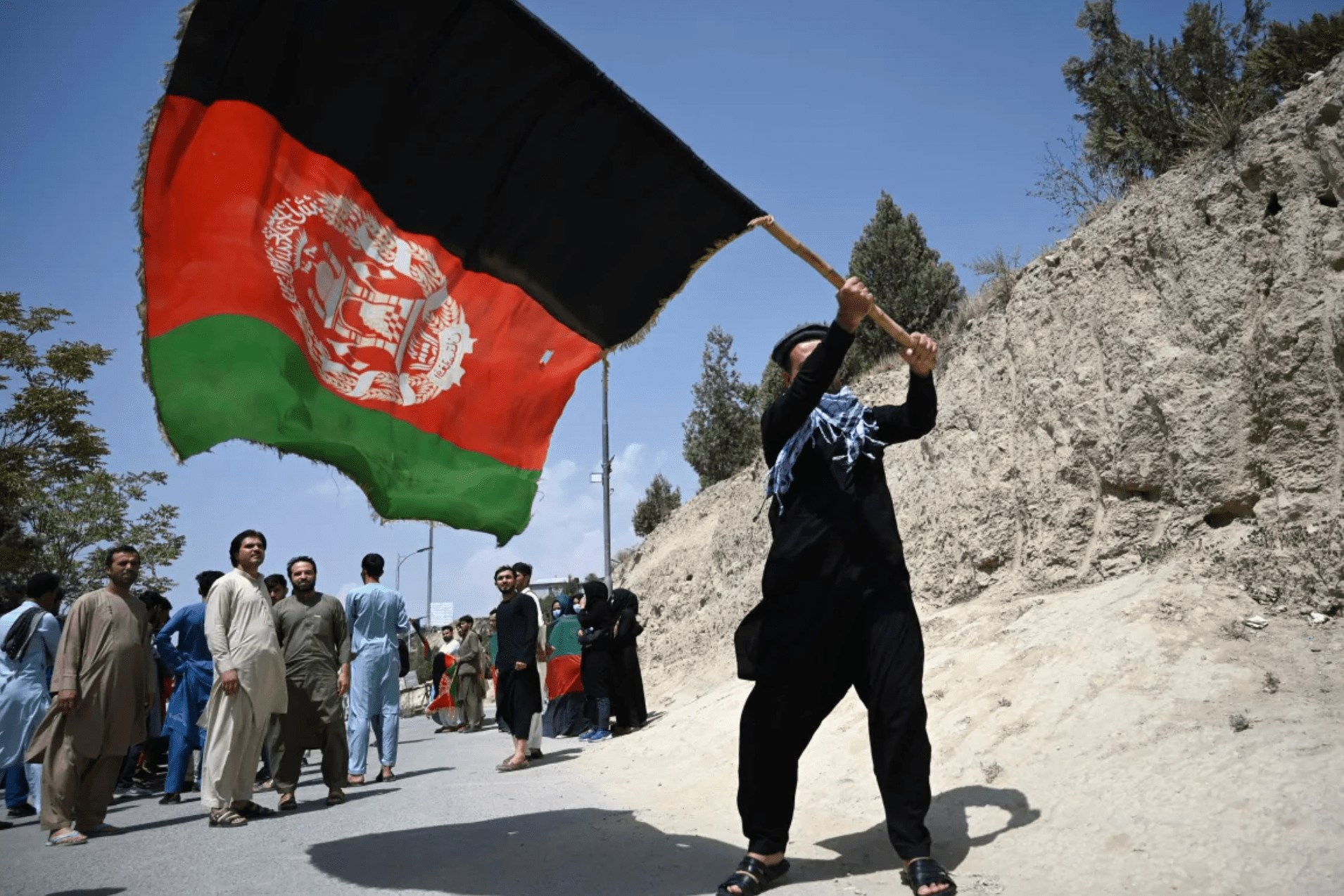Role of Arts in reducing conflict in Afghanistan
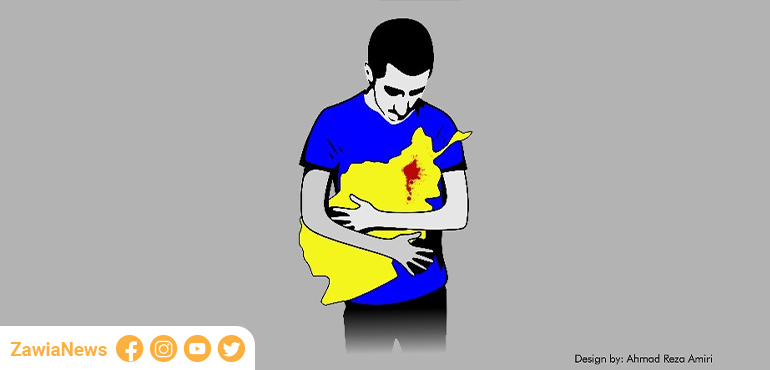
Throughout history, art has been used for a great number of different purposes, which is why the function of art cannot be outlined into a single concept. Much like music and literature, art in its own unique way is created and used for different reasons. Recently, artists have been involved through their artwork and approaches to feature and resolve conflicts around the world. For instance, during the Arab Spring, an event that demonstrated art as an instrument of protest and advocacy. Before the start of the revolution, street art was a rare sight in many cities in the Middle East. Similarly, many emerging artists in Afghanistan are now trying to feature triumph, bravery and suffering of people caused by war through art.
Art works became an important part of peacebuilding and advocacy in countries experiencing conflicts. Both during a conflict and in post-conflict; art can be a very powerful instrument that has the capacity to impact how individuals interact within a community. Art is an effective tool in bringing together identity groups through sharing common cultural experiences, raising awareness about past suffering, and engaging communities in creative projects. Peace activists have always used different art forms, especially street art, to protest against social injustice using non-violent forms of protest.
During the past three decades in Afghanistan, war has caused significant destruction in political, economic, social, and cultural sectors of Afghanistan. Millions have been killed, most of the population was forced to immigrate and the country’s infrastructure have all but been destroyed. The social fabric of the country was fractured and state institutions became fragile and weak, and the youth, especially women were deprived of education.
Three decades of war has left a major fracture on the country and its citizens, and left Afghanistan into a cultural collapse. During the civil war in Afghanistan, most of Kabul museum’s treasure of artifacts from millennia-old history were destroyed and others were illicitly transferred to neighboring countries and Europe. In addition, numerous statues in museums’ that survived the looting were destroyed. Two Buddha statues in Bamian province were destroyed, a well as other ancient historical sites in Ghazni province. One of the Buddha’s in Bamian was the world’s tallest standing Buddha statue in its time.
Nevertheless, over the last 10 years, the country’s cultural activities have regained momentum and Afghanistan’s cultural community has witnessed a gradual progress. Today, many young Afghan artists have arisen to reflect on their memories and experiences of war and social injustice through art.
However, despite recent development in cultural related activities such as media and art, the country still lacks in these regards. Latest evidence of these risks are not hard to find. Media, artists, and social activists face content restriction. Since Afghanistan is an Islamic republic, where Islam is practiced by majority, cultural activities are sometimes considered as taboo by extremist groups.
Artists in war affected areas believe that art is just as important as basic needs such as food, water, and medicine in helping reduce conflict in a country like Afghanistan. With its capacity for illustrating, art becomes the perfect element for artists to create powerful visual and conceptual statements they might not be able to make otherwise. Faced with censorship and extremist groups, some artists rely upon art for a voice to challenge issues such as racism, women rights, immigration, and oppression.
Art plays a major role in helping people in conflict affected areas reestablish peace and advocate for a better situation. Most people agree that arts can be used in reviving peace due to their therapeutic role; as a tool to trauma healing, expressing and describing feelings, and anxieties. Additionally, it has also been argued that art can be used to raise public information, to create safe spaces (if only temporary) for a physical, emotional or psychological break in the cycle of violence. Such methods can provide a ‘transformative learning’ experience and lead one to see the world through another person’s perspective. The use of visual art forms can also be used to present their needs and ideology, enabling people to draw their own conclusions. As a result, this may come across as less condescending compared with more formal approaches to peacebuilding.
Through the use of art, peacebuilding and advocacy can focus on other forms of communication especially in situations where communication is difficult, or feelings are difficult to be shared, art can lead to new ways of thinking and describe difficult emotions. Art in this sense acts as a communication channel; it allows people from different cultures and different times to communicate with each other via images, sounds and stories.
Many believe that artists can play a significant role in terms of resolving conflicts and creating motivation for advocacy. They have a great ability to highlight and interpret complicated and specific matters as well as attract various attentions using simple and basic visual elements. Through general events and exhibitions, they manage to bring different people together and have them share their perceptions about a specific phenomenon. Both the artist and the viewer are the major factor creation of an art work. Nowadays, artists engage and connect with audiences in many different ways. The art exhibition is a reflection up to society, featuring its interests and concerns while at the same time challenging its ideologies and values. Keeping art relevant to society and to some diverse viewers at any certain point is one of the main reasons that could assist in conflict reduction.
Ahmad Reza Amiri
Digital Media Expert
- 2020 May - 19


